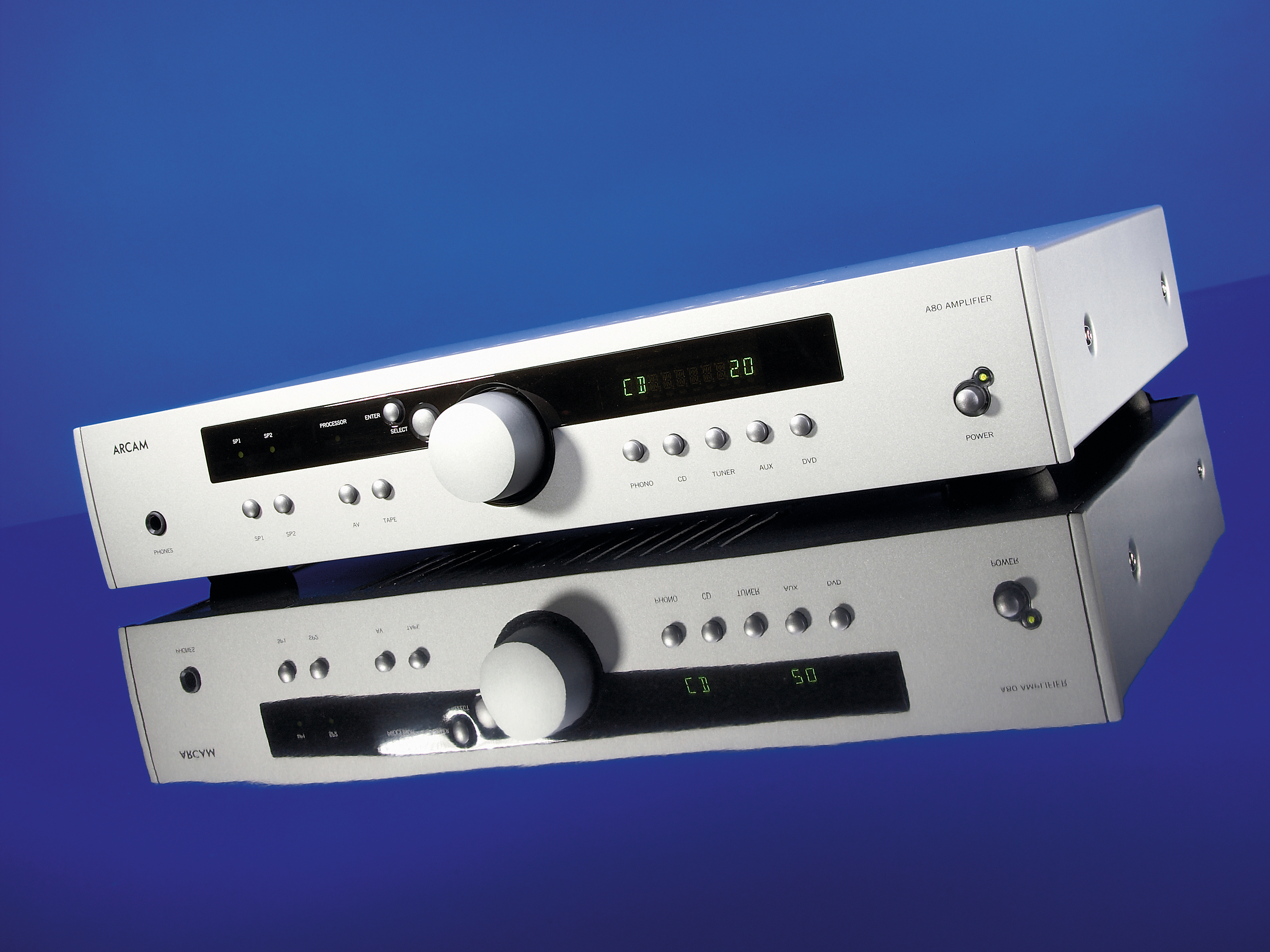TechRadar Verdict
Sound has real snap and pace to it, with natural dynamics and very good resolution of details
Pros
- +
An appealing amp that achieves a real balance between musicality and detail
Cons
- -
It may not be everyone's cup of tea as some may find the psychoacoustics quite wearing
Why you can trust TechRadar
This may be a brand new model from Arcam, but it is clearly a chip off the old block on the outside at least. Its fascia bears a distinct resemblance to existing models, with details like the layout of knobs and switches, and the informative green display, all common to several other models from the firm.
In terms of specifications, it offers no surprises either, with six line inputs and the 'must-have' feature of the last two or three years, a phono stage.
While we lacked the tenacity to trace the circuit (nearly impossible in these days of complex circuit boards), certain elements of the internal layout are clearly established Arcam stuff, too. With this amp, Arcam has brought a lot of its upmarket FMJ range's technology to the lower-price DiVA club.
In terms of internal presentation, nothing we've seen from any of the really big players comes anywhere close to this unit and thanks to the wonders of surface-mount miniaturisation, you get a heck of a lot of amp inside the case.
Input switching and volume control are achieved electronically, and Arcam has not missed the chance to offer individual gain trims for each channel, balance control, power-up volume selection and volume step size options.
At the other end of the chain, the output is handled by a single pair of high power bipolar transistors per channel, mounted on an internal heatsink and fed from a toroidal transformer and a set of smoothing capacitors of modest size. Even they (and a few other capacitors) get some mechanical damping.
While our listening panellists were not entirely at one in liking every aspect of this amp's performance, they clearly agreed that it has a particularly fine grasp of rhythm. It was found to have excellent pace and described as "vivacious".
Sign up for breaking news, reviews, opinion, top tech deals, and more.
But to one listener, it sounded rather flat and lacking in involvement. Had this complaint been repeated by his colleagues, we might have thought the amp a bit of a flop; on the contrary, however, they found it musical, coherent and convincing.
Psychoacoustics, man
We're inclined to invoke psychoacoustics as an explanation and suggest that the way the A70 handles the leading edge of transients is the key to its varying appeal.
Without there being anything so gross as a high-frequency boost, the attack on notes seems sharper than the average we're used to hearing, and it's no surprise that this makes the rhythm an outstanding success. All the same, not all listeners will care for that as a permanent feature and it's likely that a few, like our disgruntled panellist, will find it wearing.
Nevertheless, other listeners (on the panel and subsequently) who heard the review sample tended very much towards the view that this is a highly appealing amplifier, which achieves a happy balance between detail and musicality. Its stereo imaging is very good with depth probably as good as you'll find at the price, and resolution of individual instruments within an ensemble is also fine.
The individual qualities of voices are well preserved, while low bass is both tuneful and well extended, lacking only a little weight compared with high-end references. Dynamics are full but unforced. Unless you have a real aversion to sharply defined leading edges, it's likely you'll find this a most attractive amplifier.
LAB REPORT
The least muscular of the group, the A70's healthy 60W output will prove ample for most speakers in domestic environments. More grunt is on tap into lower-impedance loads and dynamic peaks of over 100W are possible. Distortion is by just about every measure the best of the group and we particularly appreciate the way its level varies very little with frequency. This is one of the biggest differences between today's finest amps and 'low distortion' models of yesteryear, most of which were relatively rough at high frequencies.
Noise appears a weakness, but this is skewed by the group's excellent average in this regard; in overall terms, it's pretty good. There's some phase distortion visible in the high/low frequency intermodulation plot, suggesting the presence of a slightly unstable passive component or two. Frequency response is fine, though the phono input implements the IEC-recommended bass cut, -3dB at 20Hz.
Tech.co.uk was the former name of TechRadar.com. Its staff were at the forefront of the digital publishing revolution, and spearheaded the move to bring consumer technology journalism to its natural home – online. Many of the current TechRadar staff started life a Tech.co.uk staff writer, covering everything from the emerging smartphone market to the evolving market of personal computers. Think of it as the building blocks of the TechRadar you love today.
